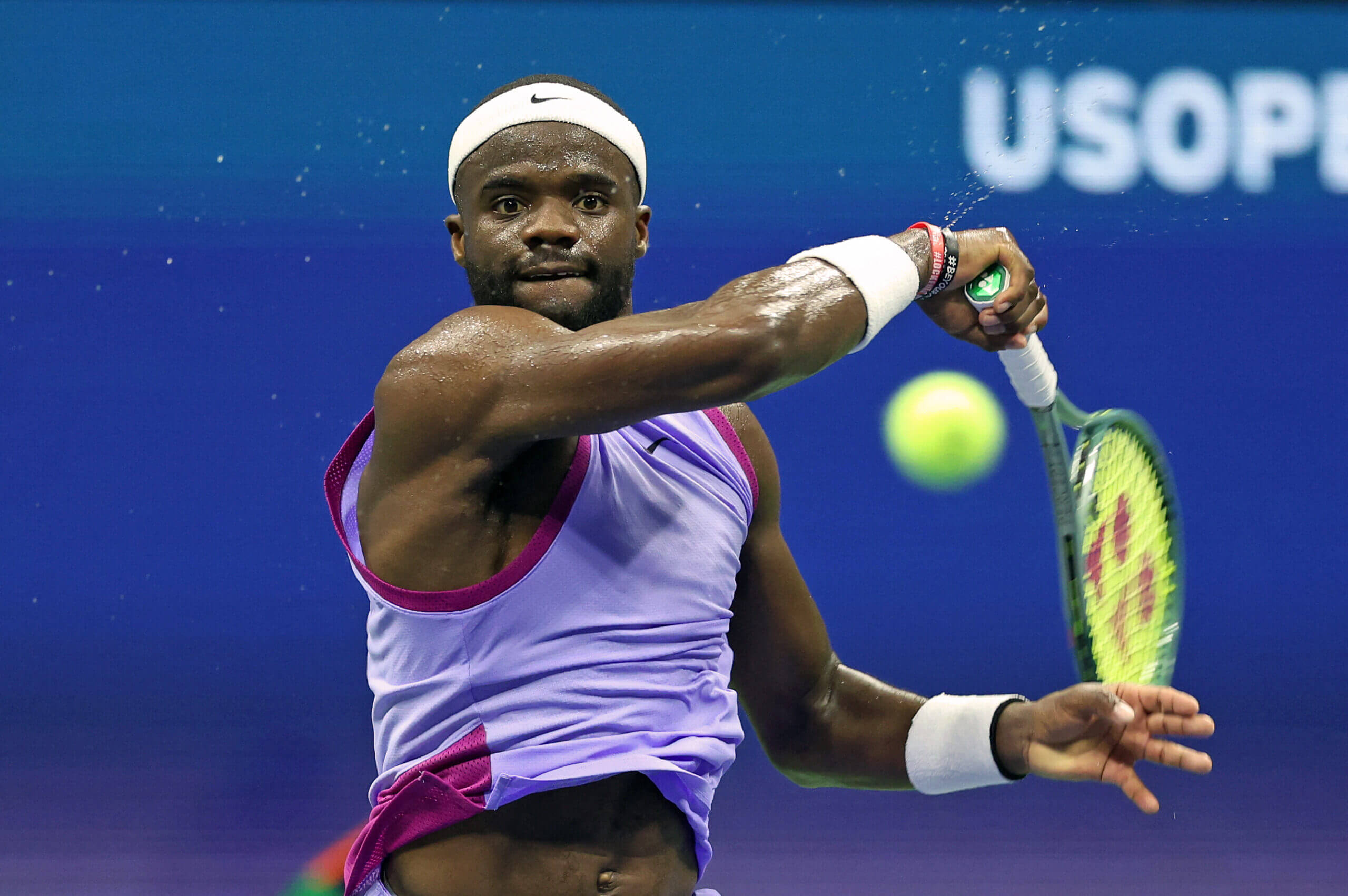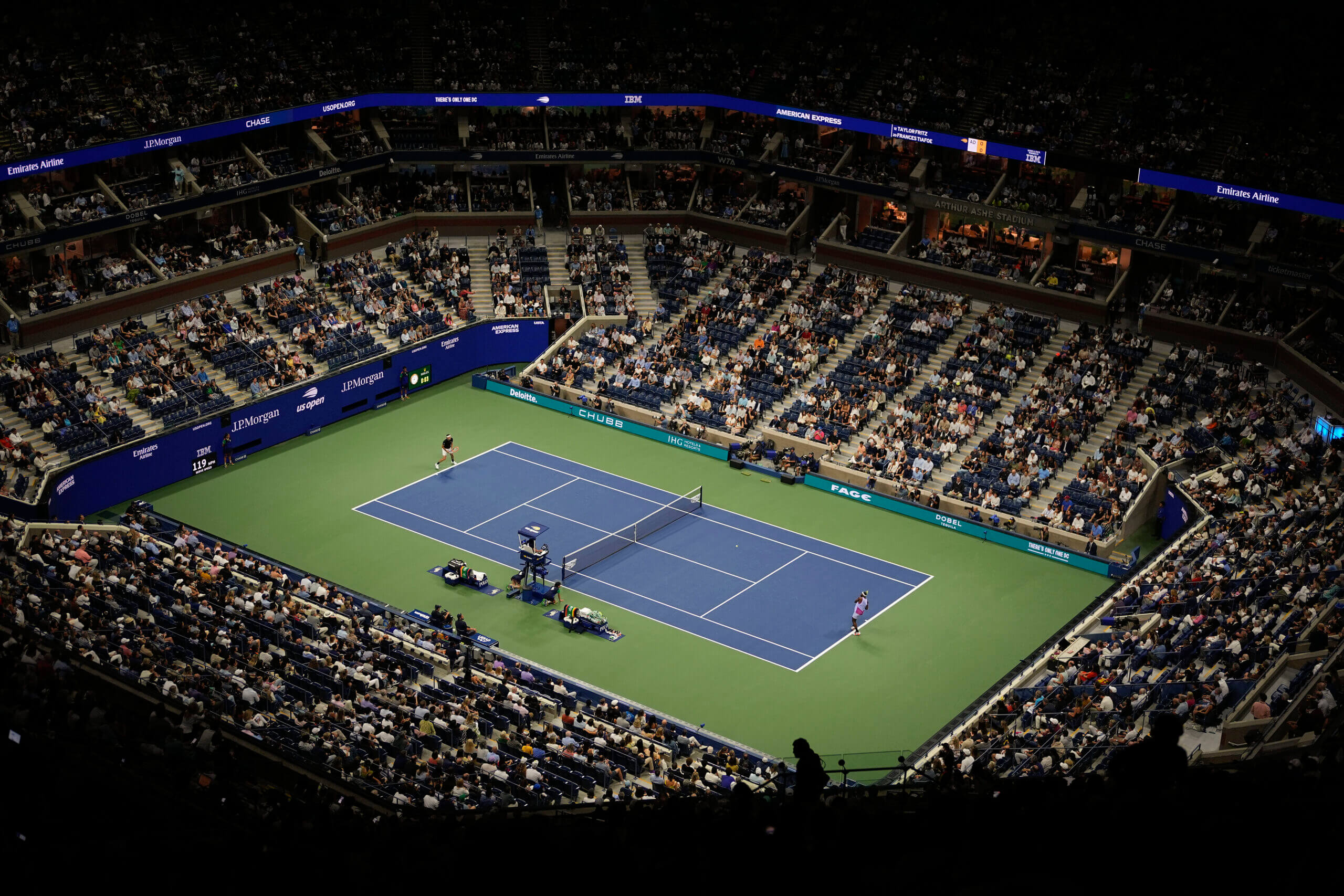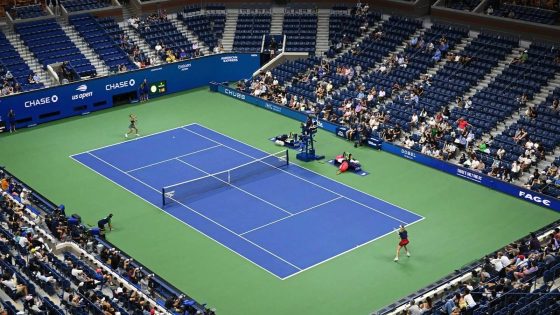NEW YORK — When it happened once every few years, it was a cool quirk of the year’s final Grand Slam.
You could be at Area, Palladium or Studio 54 at 2 a.m. Or, you could be at the U.S. Open.
When it happens multiple times every year, including twice in a weekend, it’s a little less cool. When players are taking the court after midnight, at a time when basically no other sport — bar boxing or mixed martial arts — would start competitions, it’s not cool at all.
“Not good for anyone,” said Billie Jean King, the woman whose name is on the National Tennis Center that hosts the tournament. “It’s not fair to the players.”
But it is part of what makes the tournament special: late night at the U.S. Open! That’s the view of the tournament, whose director, Stacey Allaster, said that the after-dark atmosphere under the lights is unmatched. That is partly because of the unpredictability of tennis. How long a match will be, and what the score will be come the end, can be hard to divine until it’s over. The sport does not play to the command of a clock.
“We attempt to balance competitive fairness and player wellbeing with the on-site fan experience and global television and media availability,” Allaster said.
“At times, this does lead to matches finishing late into the night. In that case, we have the best services available to help players recover and prepare for their next matches, including working to ensure proper rest when it comes to scheduling.”
As the first weekend of the U.S. Open ticked from Sunday night into Monday morning, Zheng Qinwen and Donna Vekic set a record for the latest-finishing woman’s match in U.S. Open history, with Zheng closing out match point at 2:15 a.m. That was just a few minutes later than the finish time for Aryna Sabalenka and Ekaterina Alexandrova’s third-round match earlier in the first week. That had been down on the Friday, but started very early Saturday morning, at 12:08 a.m. It was the latest-starting match in U.S. Open history.

Is this the sort of record anyone wants? A record that signals the end of a match, but not the end of the night for the players involved. By the time media obligations are complete, the recovery routine is done, and the trip to the hotel is in the books, the time they go to sleep is probably something in the region of 5 a.m.
There are explanations for these late finishes. Changes in racket and string technology, as well as the seriousness with which players approach fitness and conditioning, have combined over the last few decades to make matches get longer. Then, during a Grand Slam tournament, two of those newly elongated matches end up in one evening session, and players are up well past their bedtime.
The first Sunday’s cascading match machinations were typical of what leads to a long night.
That day session on Arthur Ashe included Grigor Dimitrov’s five-set win over Andrey Rublev and Emma Navarro’s three-set win over Coco Gauff. The second of those matches finished just a few minutes before the scheduled start of the night session, which is 7 p.m.
When a match is over, everyone has to get out of there. Then workers have to clean the 24,000-seat stadium. As a result, the night session didn’t get underway until around 8 p.m.
Frances Tiafoe and Alexei Popyrin then came on and rocked a packed house, playing a thrilling four-set match that lasted nearly three hours and thirty minutes, which is sort of average these days. Zheng and Vekic came on a little before midnight, in front of a fraction of those who had watched Tiafoe and Popyrin.

That’s how it can happen. Why it is allowed to happen is a different kind of question.
The sub-text of Allaster’s statement, and the musings of officials with the USTA (and Tennis Australia, that other land of pre-dawn tennis) briefed on the processes behind session scheduling, focus on the the record revenues that the current set-up produces.
Player prize money rose to a record $75million this year (£57m). If players want that prize money to keep rising, then they need the revenue to keep rising too, as their prize money hovers at around 20 per cent of the total tournament revenue.
That means — so it goes — they have to play their part, even in the middle of the night, because the two-match night schedule on Arthur Ashe Stadium is what brings the money in. Whether through tickets sold as “day” or “evening, or both, or through the lucrative domestic and international media contracts that broadcast the occasion to the world, sometimes finishing very late at night is the price of participation.
Television, which usually shoulders the blame for late start times in tennis and other sports, does not shoulder all the blame.
In the first week of the tournament, the U.S. Open and ESPN announced a new 12-year television deal that will run from 2026-2037, worth $2.04billion, or $170million a year, more than double the annual value of the previous agreement. The deal does not include an obligation to hold two matches during the night session, which often provides tennis in prime time to the western half of the country.
The USTA also receives significant media revenues from outside the U.S, and officials sometimes note that late-night tennis is often watched during the day elsewhere, providing value to other media partners.
Then there are all those tickets that get sold. Around 24,000 sell each night for Arthur Ashe Stadium, and more than a hundred thousand more for the night sessions on Louis Armstrong Stadium during the first seven days of the tournament. Would spectators buy them for just one match, or possibly two women’s matches? They do the former at the French Open, which has one match on the schedule for its Court Philippe-Chatrier night session.
There are also mitigations in place, to stop there being too many of those late, late nights. This is the first year that the USTA has introduced a “late finishing match policy”, which allows the organization to move matches in danger of starting behind schedule. But then Sabalenka and Alexandrova walked on court at midnight Saturday morning, following Popyrin’s defeat of Novak Djokovic.
On that occasion, organizers said that they monitored the third and fourth set of Djokovic vs. Popyrin, accounting for the pace of play. They decided to move the match if it went to a fifth set, but it didn’t, so Sabalenka and Alexandrova stayed on Ashe. Organizers have also said that the players like the big stage — and they do, as Sabalenka noted when asked about her post-midnight start. But they do not like the effects of getting to sleep as the sun comes up, coming off a big stage at a fraction of its audience capacity. Sabalenka would have preferred to go on at 7 p.m., before the men’s match.
If tournaments don’t want to touch their night session, then starting the Arthur Ashe day session at 11 a.m., instead of 12 p.m. — which the U.S. Open used to do — would lessen the chances of long matches pushing back the start of the night’s play. The crowds used to be sparse on Ashe at 11 a.m., so that’s hardly an ideal alternative, but perhaps not as sparse as they are in the middle of the night. Playing in a nearly empty stadium at 11 a.m. might be affronting, but it also doesn’t threaten a player’s chances of winning in the next round the way a lost night of regular sleep does.

“I’m drinking coffee before my match,” Iga Swiatek, no fan of late tennis, said earlier in the tournament. “It’s not only about a mental thing: your body is full of adrenaline and this energy, and it’s hard to get it down.”
Wimbledon has to abide by a local curfew of 11 p.m. Players sometimes see a deadline in their mind’s eye when there is a time limit, and get across the finish line just before it to avoid going into the next day. Matches do get called in the middle though, and that necessitates coming back in the morning.
Grand Slam tournaments don’t like it when that happens, because it means players miss out on a day of rest, but women play best-of-three set matches on consecutive days at every tournament except the Grand Slams. Men might struggle more with finishing one match and coming back the next day for another, but it happens at Wimbledon each year because of the weather and darkness. Life goes on.
King has the most radical solution, which is to get rid of five-set tennis for the men, especially during the first four rounds when the schedule is the most crowded. She’d like to see both men and women play best-of-three the first week and best-of-five from the quarters on, which would guarantee equal content in addition to equal coverage.
Enthusiasm for that shift from both men and women is mixed. Pam Shriver, the commentator and coach of Donna Vekic, said she fears a drop in quality as women who are already exhausted from tough early rounds have to extend themselves in the final days. Men have an attachment to the history of best-of-five for the most important titles.
For now, the USTA has its policy, which responds to the pace of play in the match running later than expected, as well as weather conditions, fan accommodations and timing considerations for the players waiting to start, and all the staff involved in making their match happen. That policy is expected to continue for 2025.
All things considered, the latest start in women’s singles history in New York wasn’t enough to kick it in.
(Top photo: Xinhua / Getty Images)





